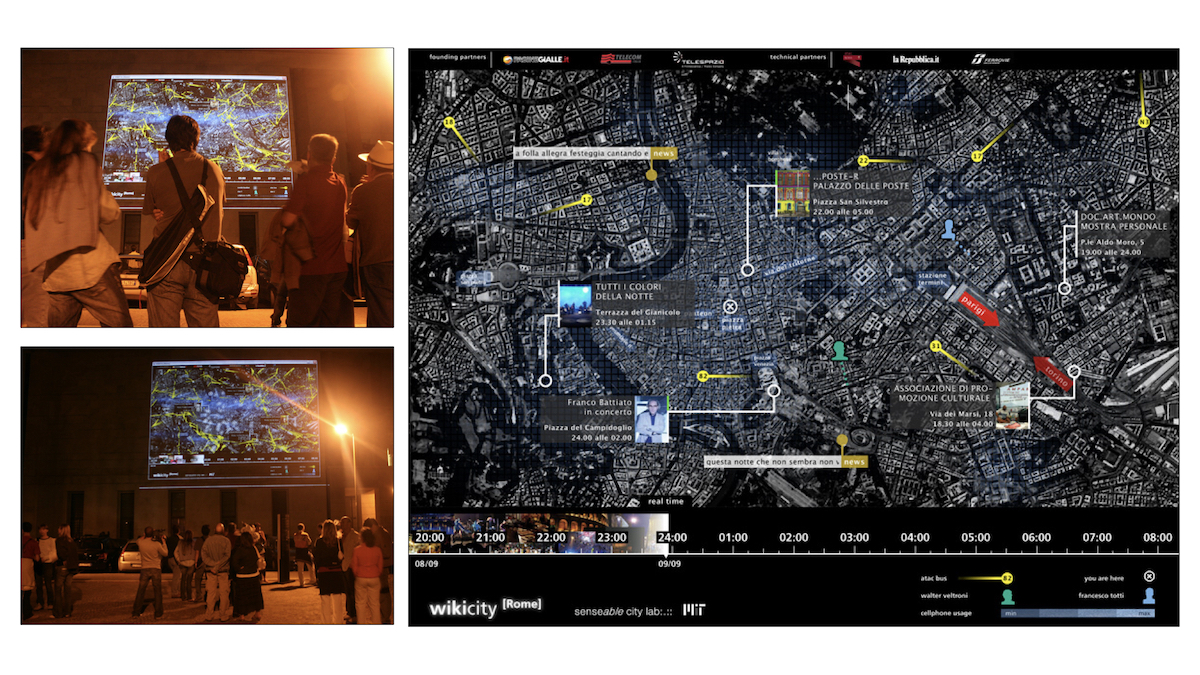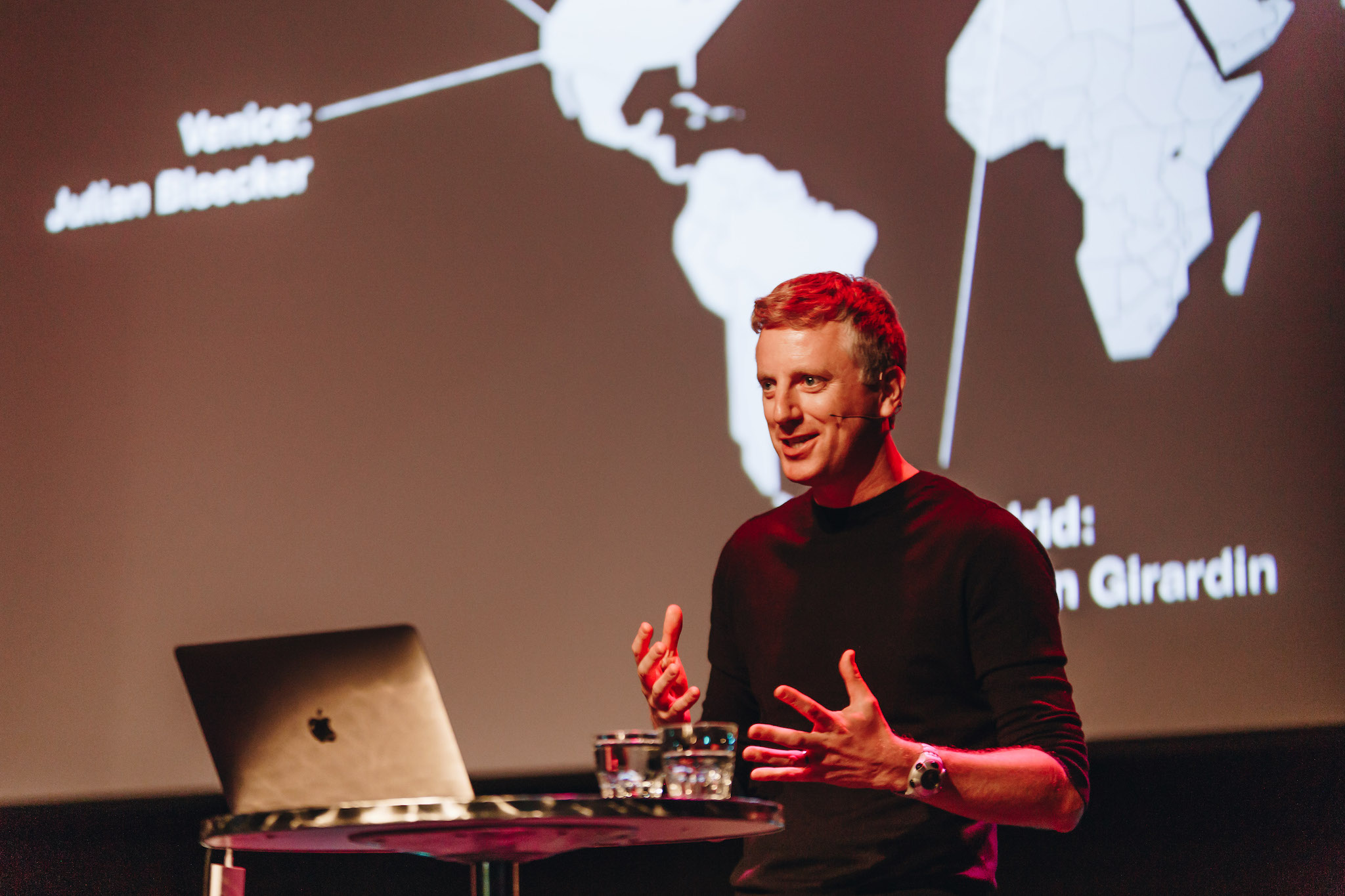Over the last 15 years, I have been using maps to communicate my engineering and research work on the applications and implications of emerging technologies. Maps are wonderful “boundary objects”. Objects that anybody from different perspectives or backgrounds can relate to and think with. They show rather than tell what the future might feel like.


What the future may actually feel like, if expert forecasts become real?
From ancient times geographic maps present information about a territory in a simple and legible form. Their symbolic depictions describe features of that territory: its topology, languages, technologies, weather, infrastructure, politics, to name a few.
Now imagine that the near future is a territory. What would its maps tell us? About new infrastructures and services, about ecological changes, about the evolution of politics, and about human behaviors and appropriation of these elements. Typically, experts would answer with maps of the macro trends of our planet derived from statistics and predictive algorithms. But what does this evidence mean practically? What the future may actually look like, if the forecasts become real? These expert’s maps do not really help perceive how our daily lives might actually change.
The objective: An atlas of 50 maps
I am exploring a different approach aimed at showing the potential everyday consequences of global scale challenges such as climate change, labor automation, access to clean water and renewable energy production. The main goal is to publish an atlas of 50 maps that depict small-scale scenarios of a world we all might experience soon.
Each map makes people travel to a future without actually going there. They provide a glimpse into an everyday future with its emerging opportunities, new idioms, rules and rituals. But they also portray a future with its unintended consequences, failures and debates. The altas does not offer a utopian or dystopian vision but rather a travel around a future anybody can relate to.
A self-initiated project
At the Near Future Laboratory, we rely on our passion and curiosity and allocate the necessary time in our weekly schedule to move things forward. This means there is not yet any specific budget to reward efforts as we do in our collaborations with clients.
However, these projects are learning platforms with the participation of other passionate and curious people who bring different perspectives and techniques when it comes to thinking and designing possible futures.
About Fabien Girardin

Fabien Girardin is a researcher and engineer in emerging technologies with a Ph.D. in Computer Science and Digital Communication. With his experience in both academic and industry settings, he co-founded the Near Future Laboratory to help organizations like BBVA, Boeing, Le Louvre, and the Swiss Federal Department of Defence discover ‘what might come next’ just beyond the core of their activities.
Refined over the last 15 years with his colleagues at Near Future Laboratory, his approach is multidisciplinary. It is about mixing creativity and imagination with logic, structure and engineering skills. They published The Manual of Design Fiction, a guide to their practice, its origins, its utility and its impact.
About the Near Future Laboratory
The Near Future Laboratory is a distributed network of accomplished practitioners who come together through creative projects inspired by their curiosities, experiences, and expertise in design, engineering, anthropology and futures. We are best known as pioneers of Design Fiction, and we occasionally collaborate with organizations eager for more invigorated imaginaries about their strategic futures.